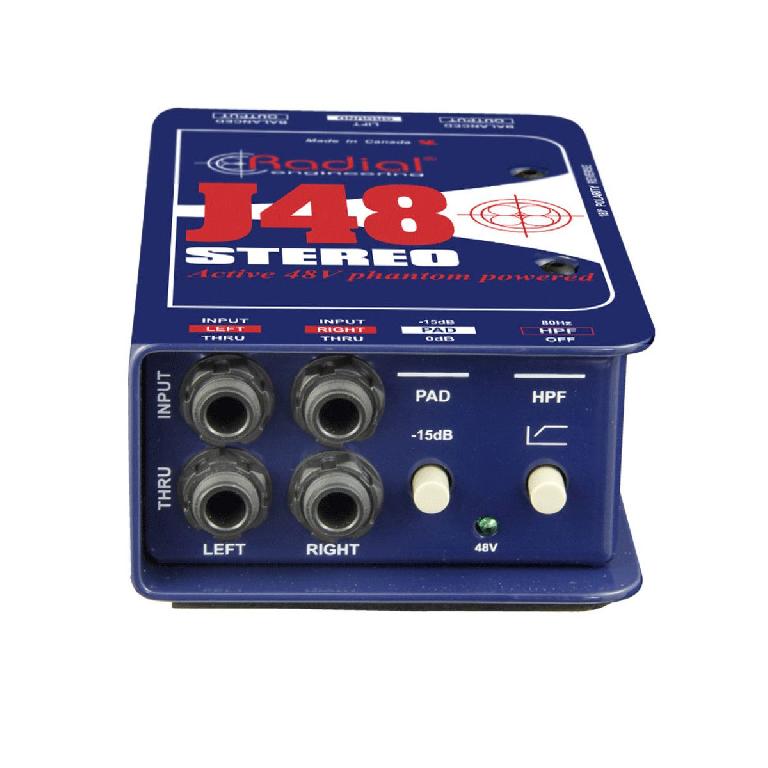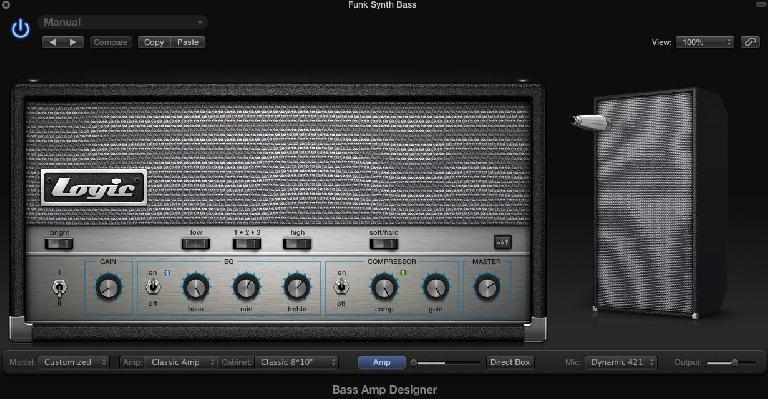Tracking guitars ‘direct’ without an amp is no longer a ‘niche’ technique, it’s the norm. While going direct hasn’t necessarily replaced miking an amp, direct guitars have settled into a wonderful companion position to most modern productions. Here’s my checklist of 5 tips I always think about when I start a project where we’ll be utilizing guitars ‘in the box’.

1 - Impedance Can Impede You
One of the first big ‘no-no’ moves is to discard the labels of ‘hi-Z’, ‘instrument’, ‘line’, and the like. Just because your guitar cable is 1/4” and fits into the slot doesn’t mean that particular slot on your audio interface is best suited to handle guitar. If you want to avoid tone getting lost, noise floor rising, and other unwanted effects, you’re going to want to make sure you’re plugging your guitar into a hi-Z or ‘instrument’ input. These inputs have the proper impedance and gain staging to handle instruments with passive pickups like your standard electric guitar or bass.
2 - Time For a Checkup (of your guitar!)
My favorite computer programming acronym ‘GiGo’ applies here - Garbage in, Garbage out. If your guitar tone isn’t optimal, running it through a gamut of effects and processors isn’t going to fix the problem, it will likely amplify it (pun most definitely intended). Use fresh strings, tune your guitar between every take, use a high quality cable, and make sure you’re happy with the instrument tone to begin with.
3 - Double Your Fun
Sometimes even when recording with an amp you want the flexibility of being able to go back and utilize an amp sim. If you’re miking the amp, why not use a high quality direct box to capture the direct guitar signal? You can mute that audio track in your DAW and have it as a backup in case you’re not happy with the amped tone, and you can always switch over to it for an effect, or use it as a doubled track.
4 - Mix and Match
Just because you love the pedal simulations in one guitar modeling processor doesn’t mean you have to use their amp sim as well. If you model guitar chains frequently, you likely have your favorites across the companies. Why not use the distortion pedal from Bias with your favorite amp simulation from Native Instruments? Trying out these unique combinations can yield some pretty fantastic results.
5 - Don’t Forget Your Other Plugins
While most modern guitar processing plugins contain things like compressors and reverbs, you may have much higher quality plugins in your stable already for these functions. Sure, the spring reverb effect on Guitar Rig is cool, but why ditch your favorite BX20 simulator from Universal Audio? If you were miking an amp, you likely would have added some reverb from your dedicated reverb plugin, so why not do the same now?
There will always be a place for classic amps in my studio, and in many of yours. That doesn’t mean that mixing in some direct guitars can’t ‘amp up’ (again? The puns are strong with this one today) your latest project. Try these tips out and see what works for you!




 © 2024 Ask.Audio
A NonLinear Educating Company
© 2024 Ask.Audio
A NonLinear Educating Company
Discussion
Want to join the discussion?
Create an account or login to get started!